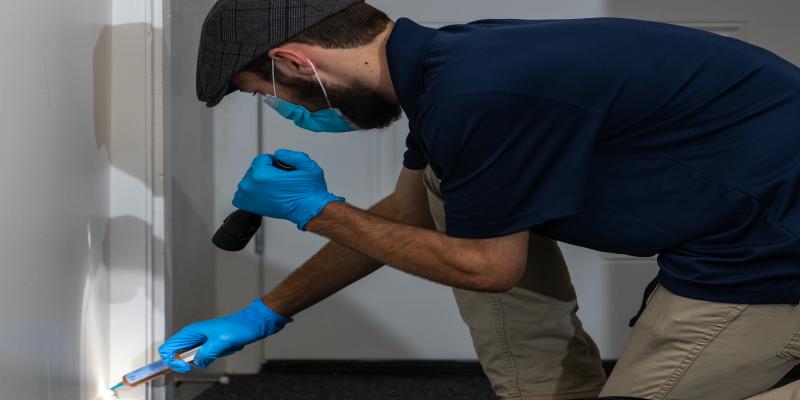
Integrating Pest Control into Sustainable Practices
Integrating pest control into sustainable practices is a key factor in creating a healthy, productive and eco-friendly environment. By understanding the relationship between pests, the environment and human activities, it is possible to create a system of pest control that is both effective and sustainable.
Benefits of Sustainable Pest Control
Integrating pest control into sustainable practices has a wide range of benefits. Sustainable pest control reduces the amount of toxic chemicals used in the environment and helps to protect beneficial insects, such as pollinators. It also helps to preserve natural resources, such as water and soil, while still controlling pest populations. Additionally, sustainable pest control can help to reduce the costs associated with pest management.
Strategies for Integrating Pest Control into Sustainable Practices
Integrating pest control into sustainable practices requires a holistic approach that takes into consideration the biology of pests and the environment. Some strategies for integrating pest control into sustainable practices include:
- Cultural Control
Cultural control involves the use of natural or physical barriers to prevent pests from entering or infesting an area. Examples of cultural control methods include:
- Planting pest-resistant crops
- Pruning and thinning vegetation
- Cleaning up debris and removing harborage sites
- Biological Control
Biological control involves the use of beneficial organisms, such as predators and parasites, to control pest populations. Examples of biological control methods include:
- Introducing natural predators and parasites
- Introducing sterile males
- Encouraging beneficial insects and birds
- Chemical Control
Chemical control involves the use of pesticides to control pests. When using chemical control methods, it is important to choose products that are least toxic and effective, and to use them in the most targeted manner. Examples of chemical control methods include:
- Using organic pesticides
- Using baits and traps
- Using pheromone disruption
Integrating Pest Control
When it comes to integrating pest control into sustainable practices, the key is to be proactive rather than reactive. This means focusing on preventative measures instead of simply trying to eradicate pests once they have already become a problem. This can be done through a variety of methods, such as regular inspections, improved sanitation, and use of natural pest control methods.
Regular Inspections
Regular inspections can be an important part of integrating pest control into sustainable practices. By inspecting for signs of pest activity on a regular basis, it is possible to identify and address problems before they become too serious. This can help to reduce the need for more intensive pest control measures.
Improved Sanitation
Improving sanitation can also be a key part of integrating pest control into sustainable practices. By removing sources of food and water for pests, it is possible to reduce the number of pests in a given area. This can help to reduce the need for more intensive pest control measures.
Use of Natural Pest Control Methods
In addition to regular inspections and improved sanitation, the use of natural pest control methods can be an important part of integrating pest control into sustainable practices. Natural methods such as traps, baits, and insecticidal soaps can be used to reduce the number of pests in an area without the use of more intensive chemical control methods.
Integrating pest control into sustainable practices is an important part of protecting the environment and ensuring a healthy future for generations to come. For those living in the Boston area, there are a number of pest control experts who can help. These professionals can provide advice on how to properly integrate pest control into sustainable practices and can provide the necessary services to help keep pests under control.

